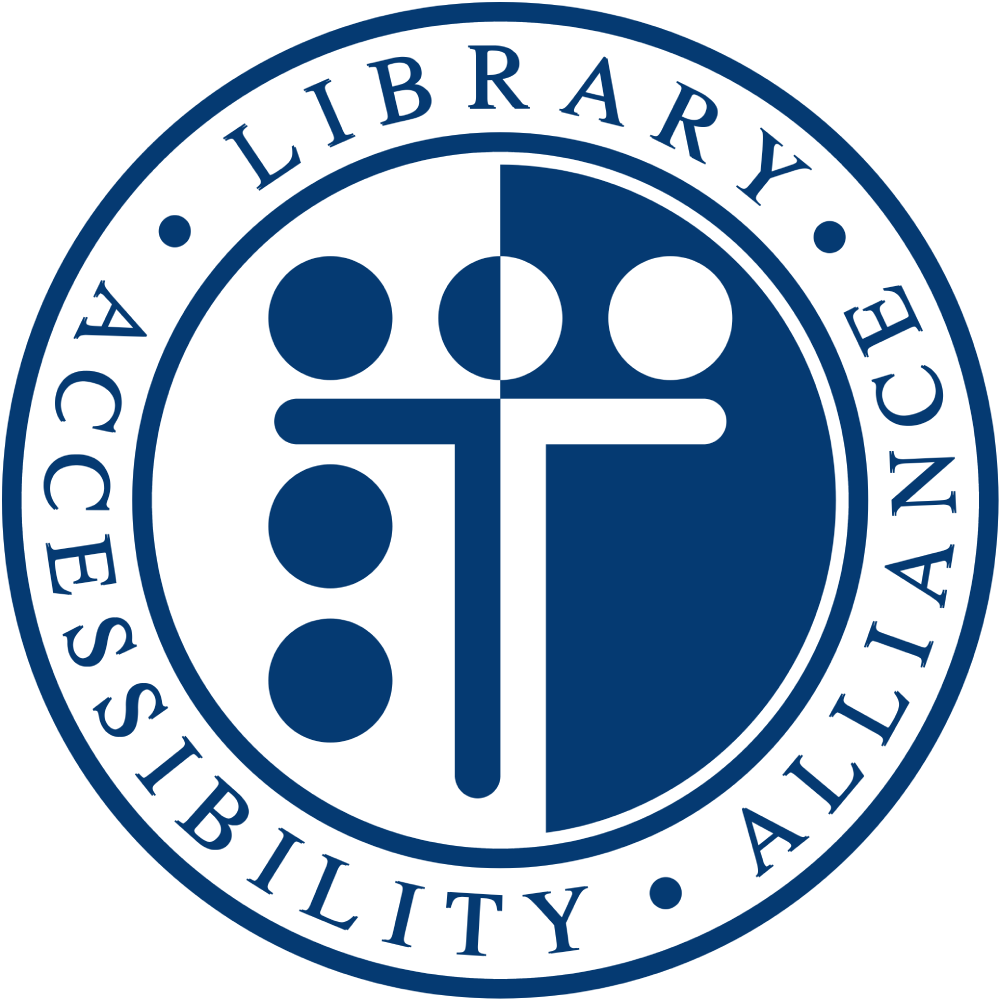This report reflects the findings of a high-level assessment of the Sage Research Methods Platform for its conformance with the W3C Web Content Accessibility Guidelines version 2.1 (WCAG 2.1).
Overall, there are very few issues with the Sage Research Methods platform. There are, however, are some essential WCAG 2.1 A and AA level requirements that need to be met for compliance, in particular, issues around information and relationships and color contrast. Additionally, there are a few other issues that may help with the general usability of the site that are not direct violations of any Success Criterion (SC). Below are the most critical issues to address to improve system compliance.
Top 3 Issues
- Information and Relationships: This success criterion addresses the programmatic information structure and relationships and is currently the most pressing issue to address with the site. Screen readers rely on the ability to programmatically determine these relationships to properly function. The issues outlined in this report can cause significant issues with screen reader support unless addressed. Please refer to the WAI-ARIA Authoring Best Practices guide for standard patterns and behaviors for screen reader support.
- Color Contrast: While a minor issue, this is important to address. On the search page there are two select inputs at the top of the page used for filtering/sorting results. The background color of these fields does not meet the minimum 3:1 contrast required for interactive elements and should be corrected.
- Best Practices: Below are several best practices that can help users with accessibility needs to navigate the web more easily. While not essential for compliance, these are simple to address and will help with the usability and navigability of the site.
♦ All page content should be contained by landmarks
♦ Contentinfo landmark should not be contained in another landmark
♦ Document should not have more than one content info landmark
♦ Ensure landmarks are unique
♦ Headings should not be empty
♦ ARIA roles should be appropriate for the element
♦ Form elements should have a visible label
♦ The skip-link target should exist and be focusable
 Library Accessibility Alliance
Library Accessibility Alliance